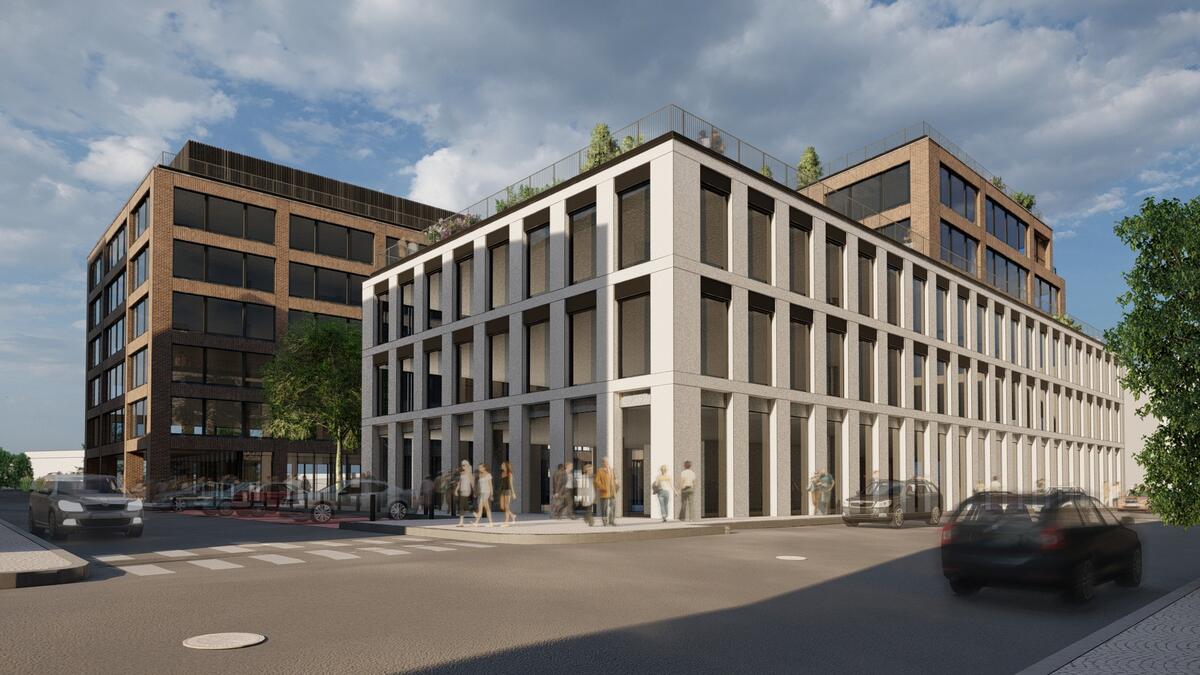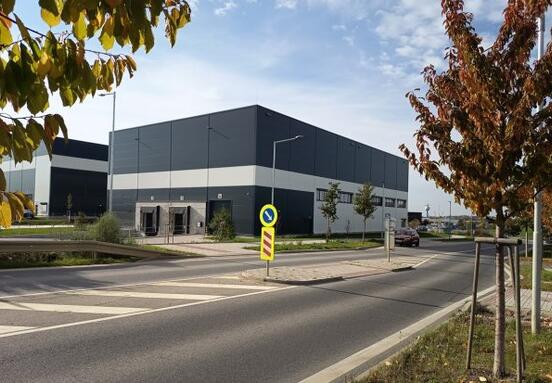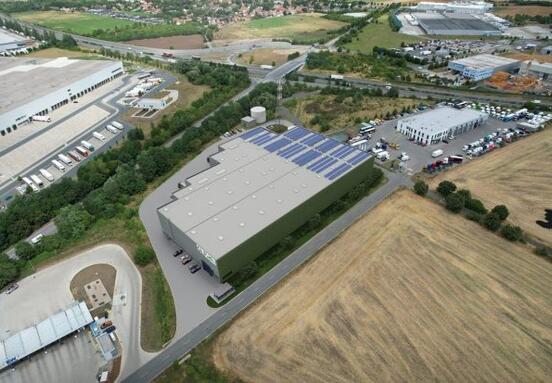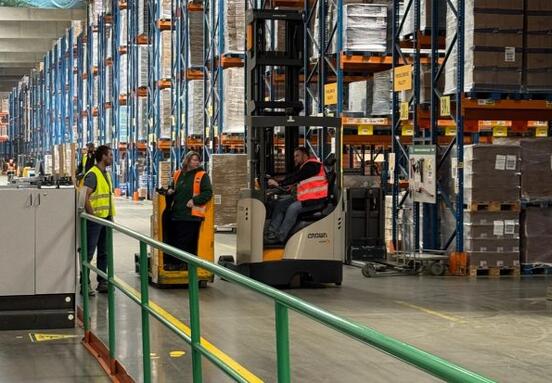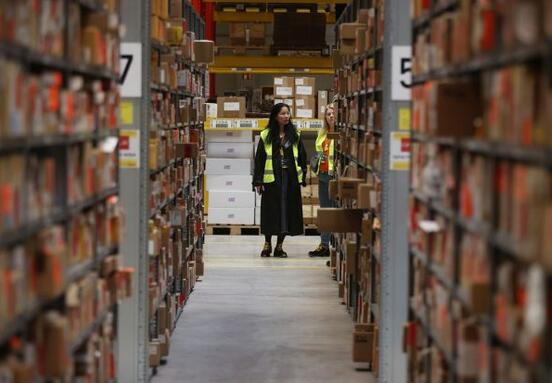Built between 1967 and 1971 in Prague and renovated in the early 2000s, the Merkuria building was a brutalist-style office complex with a central tower and four corner towers. Skanska acquired the building in 2019 with a valid demolition permit, but opted for a more environmentally friendly solution. The new Mercury project is designed to meet the highest environmental standards, achieve top-notch LEED certification, and minimize its carbon footprint throughout its lifespan.
“In the construction industry, demolition is often seen as synonymous with waste. With the Mercury project, we wanted to show that this does not have to be the case. By applying the principles of the circular economy, we managed to achieve an unprecedented material reuse rate of 97.4%, while maintaining costs comparable to conventional demolition,” said Martin Zemánek, project manager at Skanska.
A Smarter Approach to Demolition
Unlike standard demolition, which throws away most of the material, the demolition is designed to maximize its salvage and reuse. Skanska spent almost two years mapping materials and establishing partnerships before the Merkuria building was dismantled. Thanks to careful planning, exceptional results were achieved: 97.4% of the total 18,626 tons of material was recycled or reused, significantly exceeding the legal requirement of 70%. Concrete, which made up 58% of all material, was partially reused in the production of new concrete, while metal, glass and wood found new uses. The project also reduced CO₂ emissions by almost 6,000 tons. Another important factor is that some of the salvaged materials will be reused in the construction of the new Mercury building, thus closing the entire process in a circular loop.
Responding to the Construction Waste Crisis
Globally, construction and demolition waste accounts for up to 40% of all waste generation, with only a third of it being recycled or reused. The traditional “take, make, throw away” model, where raw materials are taken, something is made and when it reaches the end of its useful life, it is simply thrown away, puts excessive strain on natural resources, worsens the environment and increases carbon emissions. The Mercury project shows that sustainable demolition is not only realistic but also economically viable, and can help change the industry’s current practices.
A model that can be replicated
With the support of partners such as CYRKL and UCEEB, Skanska has created a replicable model for sustainable demolition that can inspire other developers and construction companies to rethink their approach.
“The project is already generating great interest among industry leaders who want to gain experience and implement similar practices. It is not just one specific building – this project proves that large-scale sustainable approaches are not only necessary but also feasible, and bring benefits to both the environment and the industry itself,” adds Eva Nykodymová, EHS Manager at Skanska.
From demolition to new life
By incorporating circular economy principles from demolition to new construction, the Mercury project represents a significant step forward for the entire Czech construction industry. Skanska continues to lead the way in sustainable construction practices and sets a new standard for responsible construction.
Circular stories: what was really saved
In addition to the record reuse rate, Skanska focused on direct reuse of materials through meaningful donations and on-site reintegration. Stones and tiles were reused on the path to the community garden at Port7, railings and rails were given a new life in the same place, and roof shingles were used as backfill under a nearby bridge. Furniture, carpets and ceilings were donated to a public school and hospital, while kitchen cabinets were used to furnish refugee homes. Selected wooden elements were converted into OSB boards, backup diesel generators and doors were reinstalled or used by private individuals. Glass elements were handed over to a specialized company that, in collaboration with Saint-Gobain, produces facade panels from recycled glass.
